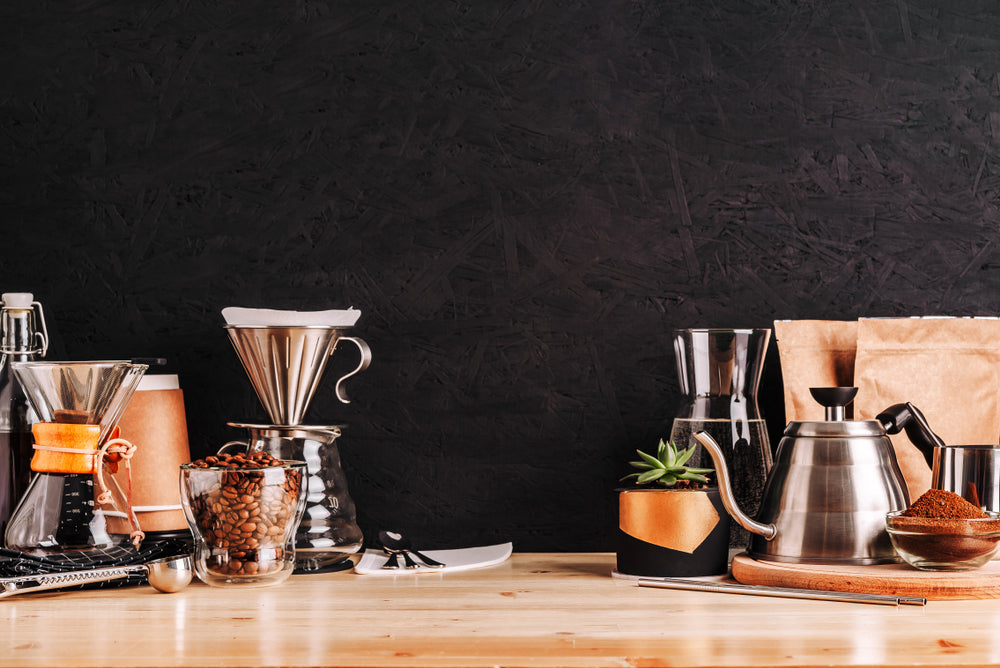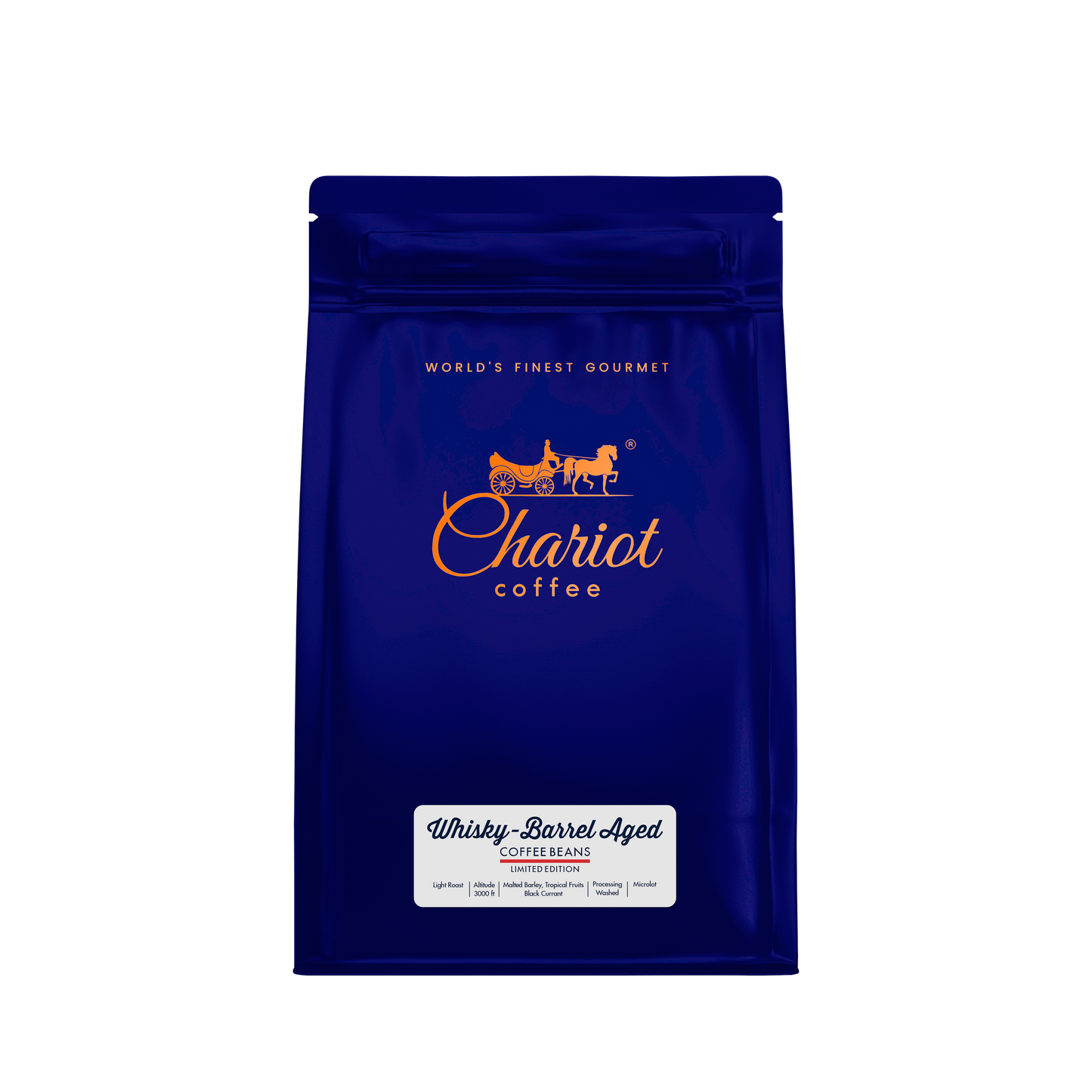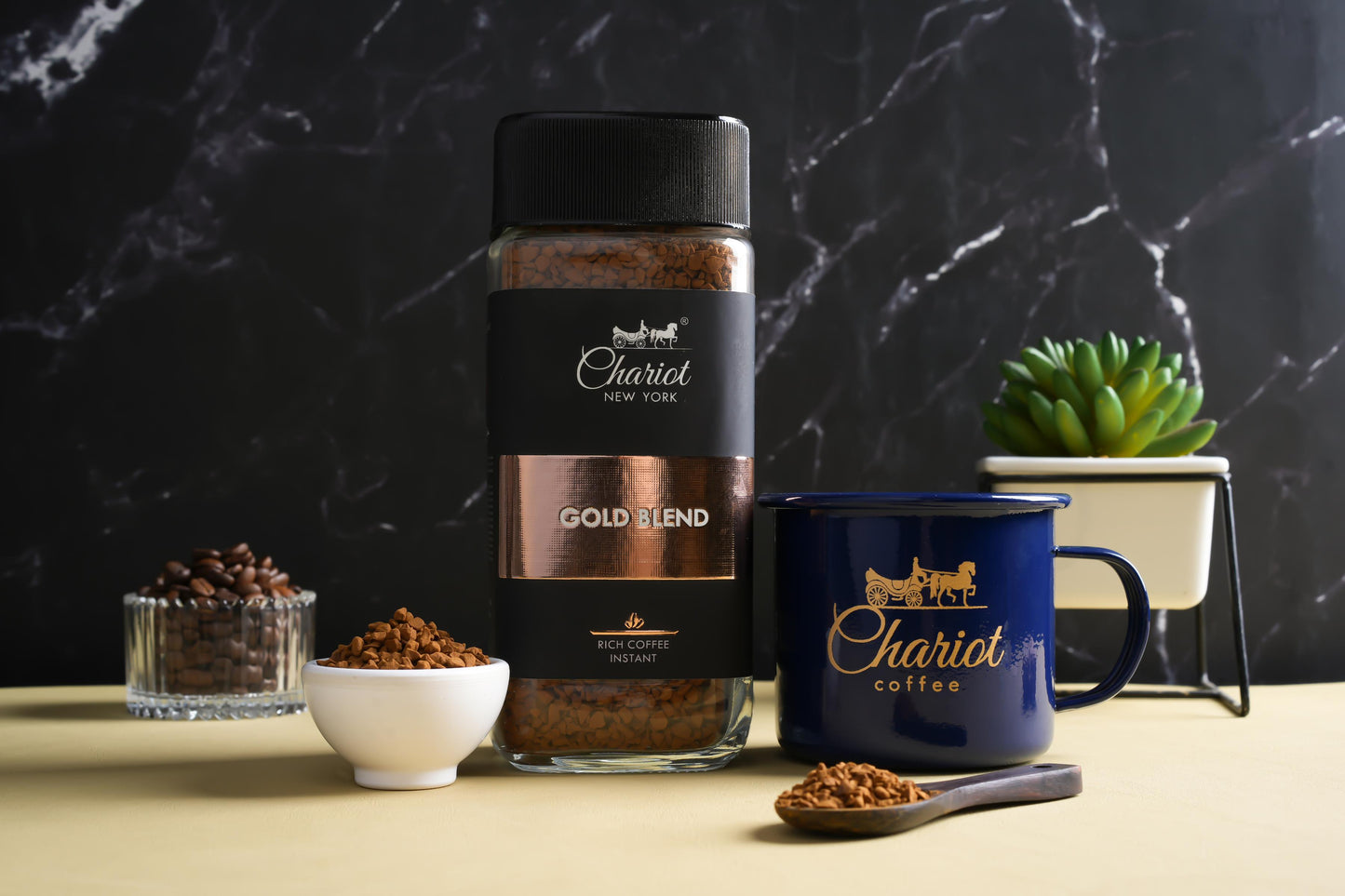
What could be better than starting your day with a freshly brewed cup of coffee? It is almost everyone's first thought when they wake up, and a cup of coffee is a great way to start the day. But how delicious is a cup of coffee? With so many different coffee beans, roasts, and brewing methods available, it can be difficult to determine which type of coffee is truly the best. The answer depends on several factors, including the quality of the beans, the roast, and the brewing method. In this article, we'll look at what makes a great cup of coffee and offer advice on how to make the perfect cup of joe.

There are numerous coffee varieties to choose from, whether you are an expert at making coffee or have a regular schedule at your local cafe. If you're new to brewing coffee, chances are you don't know how to get the perfect flavour balance. While you don't have to be a five-star barista to make a good cup of coffee at home, perfecting the brew is an entirely different story.
We have something for coffee lovers who want to sit back, relax, and enjoy a cup of joe with a delectable and highly enticing aroma. In 8 simple steps, here's how to make the perfect cup of coffee at any time of day:
1. Find the ideal roast for you: There is no one-size-fits-all rule for roasted coffee, nor are there any restrictions on how it should be consumed. What you can count on is that freshly roasted coffee will produce a high-quality flavour.

A cup of coffee will usually fall into one of the following roasts:
- Medium: A brown roast that retains coffee flavouring while developing a more intense flavour from roasting.
- Dark: This can be dark brown or black, with a roast-dominated flavour profile. These deeper tasting notes frequently produce a bolder body with no acidity.
Many coffees should be consumed within a couple of days of the roast date for the best flavour, whereas others retain their quality for longer periods of time.
The flavours that can be extracted are entirely dependent on the porous nature of the beans and how they react to water. Unfortunately, even the most skilled barista cannot determine these flavours accurately.
2. Obtain the proper water quality and temperature: How much water is agitating the coffee bean is a huge factor in determining the overall flavour profile of your favourite roast. Coffee to water ratios can affect coffee strength and flavour. The SCAA recommends a coffee to water ratio of 1.15 to 1.18 (coffee:water), or 1 part coffee to 15 parts water.

Furthermore, the temperature of your water has a significant impact on the flavour of your coffee.
For example, if you pour at a lower temperature (around 185 degrees), you will extract less of the bean's natural flavour notes over a longer period of time, resulting in a typically sour salty tasting coffee.
Pouring at a higher temperature, around 205 degrees, will result in a better extraction of the coffee's compounds via the hydrolisis process and a more balanced flavorful cup.
Water quality is also important in making the best cup of coffee. This is due to the fact that the flavour and overall quality of tap water varies depending on location.
Some of this water will have fewer minerals than others, resulting in a better-tasting cup of coffee.
- Some tap water will be tasteless, while others will have a stronger flavour. To avoid this issue, you should consider using filtered water.
- You should also avoid re-boiling water that has exited the heating process, despite how easy it is to leave already-boiled water in a kettle.
You must also wait approximately thirty seconds after the water has boiled before pouring it over your coffee. It is best to try to keep your water's pH range between 7 and 8.
3. Grind your own beans: No two grinds will be the same, as are most things in life. To make a good cup of coffee, you should understand that there is no such thing as a one-size-fits-all grind size. Instead, it is your palate that creates a perfect grind.

But don't be fooled: a grinder is still required when attempting to make the perfect cup of coffee! One of the primary advantages of grinding your own coffee is that you can precisely calibrate the grind based on the brewing method you prefer and the type of coffee you prefer.
Then, once you've figured out what works with your brewing system, you can easily replicate it whenever you want.
Consider the following when grinding your own coffee:
- Do you want a delicious cup of coffee?
- Do you like your coffee caffeinated?
A finer grind with small particles and a larger surface area will highlight more of a coffee's nuanced flavour, whereas a coarse grind will pack a stronger flavour punch.
This means that a finer grind is best if you want to maximise the flavours of, say, an espresso with a short but pressurised contact time with water.
When grinding your beans, it is also important to clean your grinder between uses so that you don't contaminate your coffee with old grinds and ruin your quest for the perfect cup of coffee.
4. Gather and invest in quality tools: A barista is only as good as their tools and coffee beans, just as a Michelin-starred chef would not enter the kitchen without high-quality tools and ingredients.

It is entirely possible to make a good cup of coffee without spending money on costly tools and ingredients.
However, investing in these will make it easier to recreate the coffee shop experience at home.
5. Weigh your coffee and water: When you've literally just rolled out of bed, taking the time to measure coffee beans and water is probably not part of the ideal routine. However, even a single gramme off can significantly alter the taste of coffee, so it's critical to accurately measure the main ingredients.
Weighing your coffee and water is a crucial step that produces delicious results.

Not only will it improve, but it will also save you money on coffee because you will not be wasting any extra coffee.
As a result, purchasing a coffee scale of some kind is probably in your best interest — especially if you are a serial coffee drinker!
A gramme scale can assist you in precisely measuring the amount of coffee and water you want to add to your drink to ensure the perfect ratio when you begin brewing.
Keep this scale near your coffee maker so you can quickly weigh coffee and water when brewing your morning cup of joe.
6. Take the temperature of the water: For optimal extraction, the water temperature in your coffee brewer should be between 195 and 200 degrees Fahrenheit. A thermometer can be used to ensure that the filtered water is hot enough to add to your coffee.

As previously stated, using cold water may result in under-extracted and flat coffee with a sour and salty flavour. Boiling water may cause over-extraction, resulting in a cup of coffee that tastes bitter and dry rather than nice and sweet.
When brewing coffee by hand, you should allow the water to come to a full boil without over-boiling it. Turn off the direct heat source, wait 30 seconds to a minute, and then pour the water over your coffee grounds.
A cup of coffee will usually cool pretty rapidly after being served. This is especially true for individuals who prefer to add some milk or cream to their coffee which also works to cool down the drink.
7. Time it: Another factor to consider when learning how to brew the perfect cup of coffee is the brewing time (the amount of time the water is in contact with the coffee grounds). It makes a significant difference in the overall flavour of the coffee!
Instead of guessing when the brewing is finished and potentially jeopardising all of your previous efforts, simply set a timer. For this part, you can use your smartphone or a kitchen timer.
Timing this process is critical to avoid under-extracting the flavours from your coffee grounds. If you do, you may end up with a sour cup of coffee that is extremely difficult to drink!
Alternatively, avoid over-extracting the coffee. When too many soluble alkaline flavours are removed from the coffee, this occurs. This causes your coffee to taste bitter, as all of the compounds responsible for fruity sweetness are overwhelmed and lost in the coffee.
Brewing time for a pour-over coffee should be between 3:30 and 4 minutes. A cold brew, on the other hand, necessitates a longer contact time (generally 12 hours or more) to extract the flavours properly.
8. Choose your brewing method: As previously stated, there is no 'correct' way to brew a cup of coffee. You may end up changing your method in order to find the best one for your taste preferences.

However, by taking the time to investigate various brewing methods, you can almost guarantee a flavorful and high-quality cup of coffee every time you brew.
Each method produces a distinct flavour. Again, the emphasis should be on choosing the one that best suits your flavour preferences.





